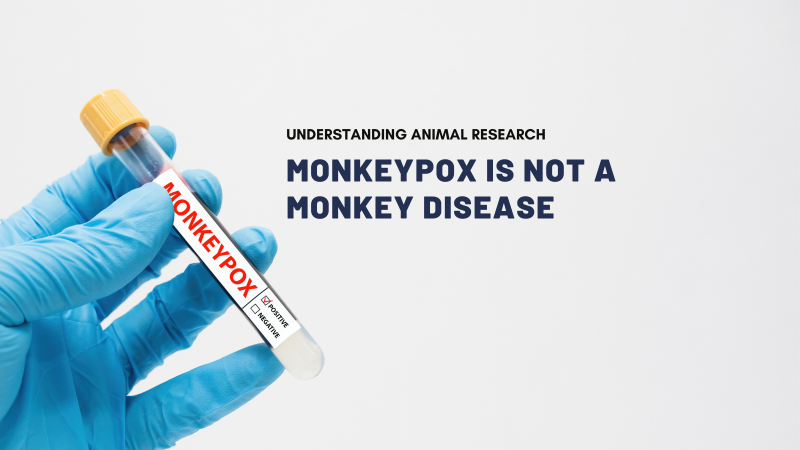The pre-Victorian historical description of smallpox written by De la Condamine in 1754 states “Every tenth death was due to smallpox, and one fourth of mankind were either killed by it, or crippled or disfigured for life. The disease was a river that everyone had to cross. “ (1)
Smallpox was a deadly disease caused by the variola virus that was present before Christ in certain parts of the world. It was one of the world’s most devastating diseases known to humanity. It reached Europe certainly by the sixth century - Bishop Gregory of Tours mention in 582 an epidemic with vesicular eruption which began with sickness, fever and back pain. The fever abated with the copious eruption of hard, white vesicles which were very painful. (2, 4)
Against this background, it is not hard to understand the search for a prevention or cure; in this case the development of the technique of inoculation (or variolation). This was the deliberate placing of pustular matter, collected during a mild epidemic, into an incision in a healthy child. This practice stemmed from the clinical observation that one attack of smallpox conferred protection against the disease. (2)
Jenner’s experiments, published in 1798, were the first step towards the eventual eradication of smallpox and obviated the need for variolation. Jenner, like others was intrigued that individuals who came in contact with the comparatively rare disease of cowpox were immune to smallpox and wouldn’t develop symptoms, even when they were inoculated with the virus. “ Vaccination” with cowpox resulted in immunity to smallpox. Vaccination, even today is the only prevention used against the virus – no specific treatment is available. (3)
Initially vaccination was usually effected by the use of “humanised” lymph – lymph from the pustules of those previously vaccinated. However, the occasional accidental transmission of syphilis and the lack of sufficient vaccine material to combat an epidemic led to the use of animals to prepare the vaccine. Horses, mules, goats and rabbits were all used at one time or another to generate the virus. However in the 1970’s, calves became the standard method to prepare the vaccine, due to the facility with which the supply could be multiplied at relatively short notice to deal with even the most serious epidemic. The potency of the prepared virus was tested by the rapidity with which it could produce lesions in rabbits, it was also usually tested on mice to ensure the absence of tetanus bacilli.
The new vaccine was accompanied with a striking and rapid fall of smallpox mortality. In the first half of the 20th century, Europe and North America gradually became smallpox free due to extensive vaccination and containment measures. The smallpox virus was declared eradicated in 1980 following a global immunization campaign led by the World Health Organization. The last known natural case was in Somalia in 1977. Since then, the only known cases were caused by a laboratory accident in 1978 in Birmingham, England, which killed one person and caused a limited outbreak. Today, except for laboratory stockpiles, the variola virus has been eliminated. (5)

- De la Condamine (1759) Mémoire sur l’inoculation de la petite vérole.Histoire et Mémoires de l’Académie Royale des Sciences (read at the public session of April 24, 1754)
- Jack Botting, ed. Regina Botting, Animals and Medicine: The Contribution of Animal Experiments to the Control of Disease. Cambridge, UK: Open Book Publishers, 2015. http://dx.doi.org/10.11647/OBP.0055
- http://www.bt.cdc.gov/agent/smallpox/overview/disease-facts.asp
- http://www.bt.cdc.gov/agent/smallpox/
- http://www.who.int/csr/disease/smallpox/en/
Last edited: 7 April 2022 15:20




